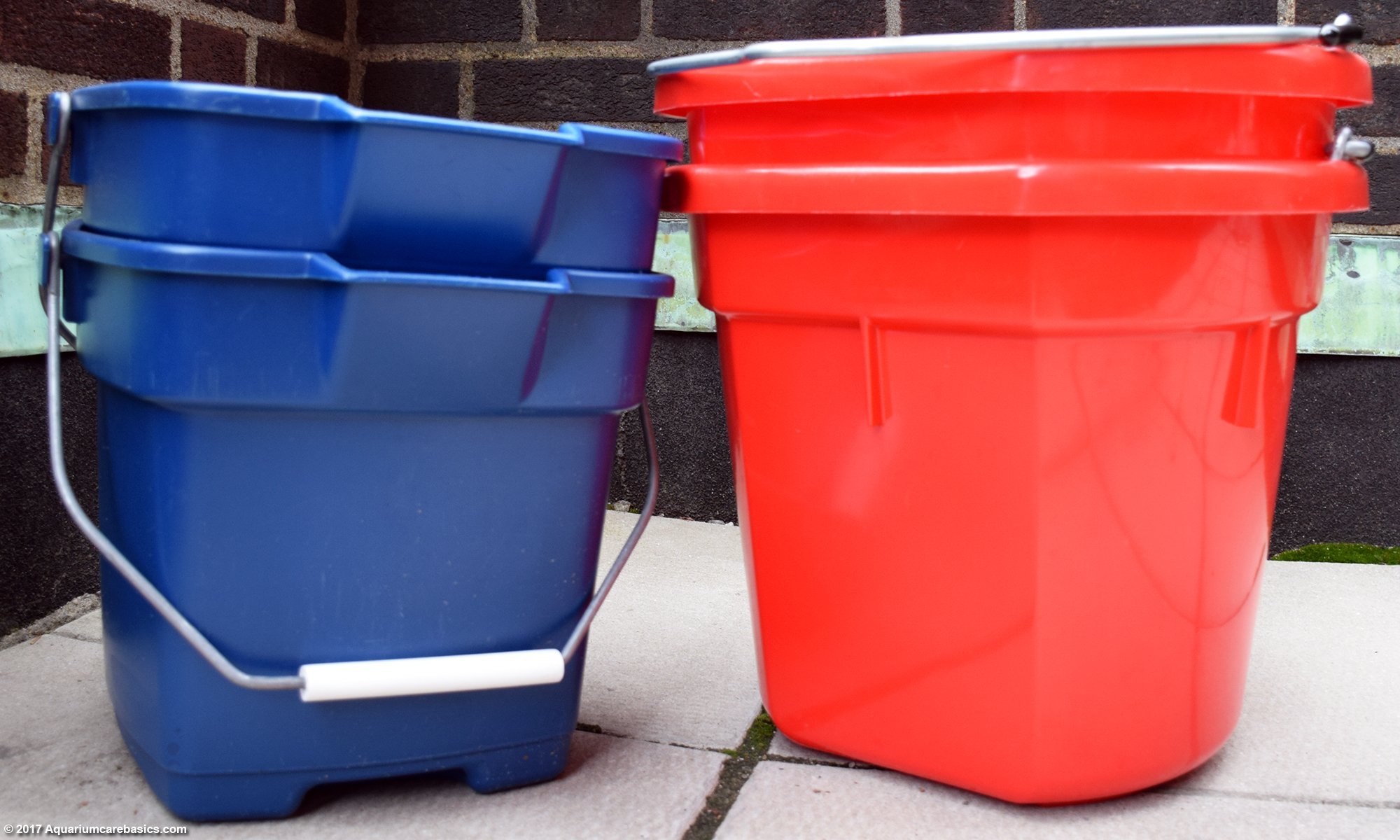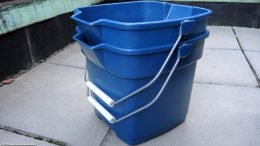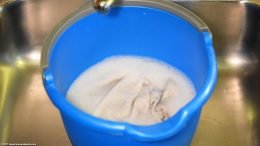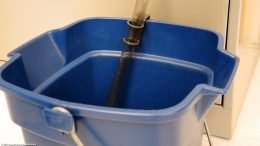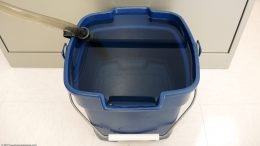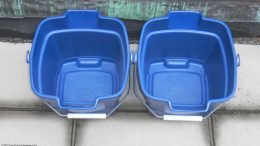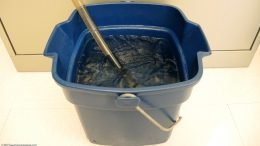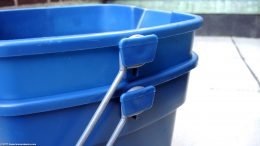Aquarium buckets are a very important accessory related to aquarium water quality. For the “old school” partial aquarium water change, aquarium buckets are really the beginning and end of the process. Aquarium buckets need to be chosen, stored and safeguarded properly.
Aquarium Buckets: Capacity Matters
An aquarium bucket should be the right size for the water volume of the aquarium. First of all, it’s important for adding water during the initial aquarium setup. Bucket size is also important for changing water during scheduled partial aquarium water changes and aquarium cleaning. Aquarium buckets are used to put water into an aquarium as well as to take water out. So think about how much water will be removed during a partial aquarium water change, and choose the size of your aquarium buckets accordingly.
With a 20 gallon aquarium and a ten percent partial aquarium water change, the volume of aquarium water changed will be about 2 gallons. So a 3 gallon aquarium bucket will do the trick. Likewise, a 55 gallon aquarium, a ten percent partial aquarium water change means the water to be changed will be 5 gallons. Therefore, a clean 5 gallon white food grade bucket can be a smart choice.
For the initial aquarium fill, a 20 gallon aquarium will require about 7 trips from the water source to the tank using 3 gallon aquarium buckets. 7 of the trips will be to fill the tank and the 8th trip will be for water to top off the tank and to put water into any HOB filters that may require it. Therefore, small aquarium buckets holding 3 – 5 gallons of water are good for tanks up to 29 gallons. Large aquarium buckets of the 5 gallon food container variety are good for tanks larger than 30 gallons.
Two Buckets Are Better Than One
Many new aquarium hobbyists skimp on the number of aquarium buckets they use. Others use more multiple buckets but of different sizes. The better practice is to choose two or more aquarium buckets of the same type and size instead. This way, the amount of water taken out in one bucket will be easy to “eye-match” with the bucket of water replacing it. Also with two aquarium buckets, one bucket can be filled with replacement water and be treated with a dechlorinator in advance, while aquarium water is siphoned into the second bucket. After the aquarium water is removed from the tank, the water from the first bucket will be ready to pour in.
Aquarium Buckets: New vs. Used?
The process of selecting an aquarium bucket for water changes begins with a choice between new buckets verses used buckets. So new aquarium buckets give aquarium hobbyists a fresh start. With used buckets, care must be taken to clean them thoroughly so unhealthy residue does not make its way into the tank. Since the cost of new buckets is relatively inexpensive, the better practice is to start fresh with a new aquarium bucket and move forward confidently.
Give the new buckets a quick wash in the stationary tub with a few drops of a mild dish detergent. Rinse thoroughly. Dry them with a clean paper towel. One can never over-rinse buckets. Once the buckets are clean, fill them with water and treat the water with a dechlorinator per instructions. Pour the water out. Let it air dry. And you are good to go.
Never use aquarium buckets for regular cleaning. Traces of soap or chemical residue can be harmful or fatal to fish. Keep a separate set of Aquarium buckets for non-aquarium use and label them “aquarium use only”.

